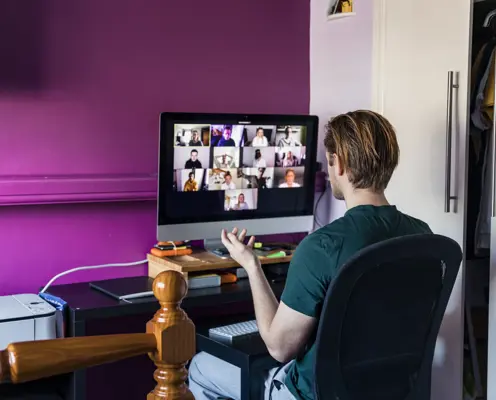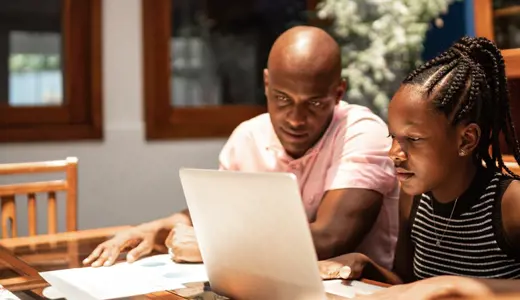Financial survival skills




Equipping young people with key financial knowledge now can help set them up with good money habits into adulthood. The activities on this page allow you to develop these skills in a variety of ways, whether you’re looking for something quick, something independent or a full length, curriculum-linked lesson plan:
Teaching resources:
- Financial survival skills: Lesson plan and presentation slides –full lesson plan for use with a group of students in the classroom
- Fraud and scams: Interactive worksheet – interactive worksheet activity for independent learning whether remote or in class
- Fraud and scams online lesson film – interactive film for remote or in class learning
Lesson plan
(90 to 150 minutes)
This lesson plan is designed to help students manage different aspects of finances safely, successfully and independently, including credit cards, debt, current accounts, renting, insurance and fraud. Students will learn about the best questions to ask when considering rental accommodation and consider the pros and cons of different types of insurance. Additionally, the lesson includes a focus on credit scores and the factors that affect them, as well as tips for improving and keeping credit scores healthy.
How can you use this to improve your students understanding of bank accounts and banking?
It focuses on supporting students to better understand both current accounts and credit cards. The activities include an interactive tool to compare and contrast common features of different types of bank account, along with reasons to choose between these. The lesson also provides further explanation and examples of paper and online statements.
Lesson learning outcomes
By the end of this lesson, students will be able to:
- Understand how to choose a current account and use of credit cards
- Identify what to consider when renting accommodation
- Recognise factors that go into a credit score
- Understand some of the most common types of fraud, scams and identity theft
Interactive worksheet
(15 minutes)
Please note that students below the age of 14 cannot sign up for their own LifeSkills account. Any independent tasks must be printed or downloaded and provided digitally for them to complete as they are currently hosted on educator pages.
The Fraud and scams interactive worksheet contains some of the themes from the full lesson plan and will help students develop the skills needed around the different types of fraud and become more familiar with common scams. The worksheet can be printed or completed digitally, so can be used flexibly to build your students understanding of fraud. Which? scams alert service also provide examples on the latest scams doing the rounds. You might choose to assign this worksheet:
- As homework following the Financial survival skills lesson
- For independent study
- For remote learning
- Alongside the below online lesson film
Online lesson film
(10 minutes)
LifeSkills has partnered with education charities The Talent Foundry and Business in the Community to create online lessons that can be watched anywhere.
In this one, hear Kamal talk through a range of the scenarios in the Fraud and scams worksheet above (students can also watch the film without using the worksheet). This online lesson film will help young people learn how to identify different types of fraud as well as help them feel confident in recognising fraud, helping them avoid falling for these traps. You can use it in the classroom or through a remote learning channel.
Further support for developing financial capability in your students
Follow these activities with further money skills lessons for this age group, which cover 'Finances in the world of work', 'Budgeting' and 'Financial planning for the long term'. Why not build financial capability as a focus in your students’ curriculum? Refer to our Content guide to find out how the LifeSkills lesson plan can be used in Maths and PSHE lessons.
If you want to increase your own confidence to teach young people about money, Young Money provide free e-learning training to teachers across Primary and Secondary education. In addition, National Numeracy has a free website which helps you practise and refresh your everyday maths skills.
A free account gives you access to all educator content, tools and resources
Already have an account?
Log inGet started
Thank you for liking
Help us to continue creating relevant content for you by leaving some additional feedback.



